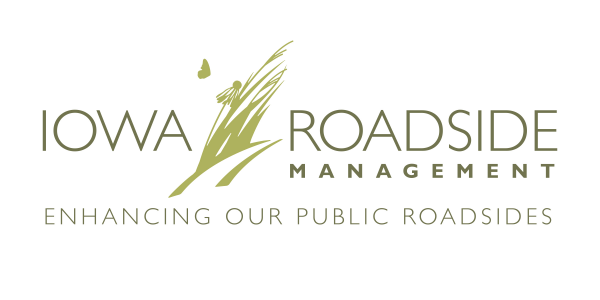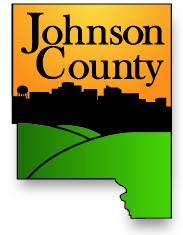
IRVM Vegetation Management Tools
IRVM Management Plan
Adopt a Roadway
Frequently Asked Questions
Enhancing Roadsides
Iowa Code Section 314.22: Integrated Roadside Vegetation Management
Objectives. It is declared to be in the general public welfare of Iowa and a highway purpose for the vegetation of Iowa's roadsides to be preserved, planted, and maintained to be safe, visually interesting, ecologically integrated, and useful for many purposes.
What is IRVM?
In 1987, the Johnson County Board of Supervisors, in cooperation with the Johnson County Engineer and Johnson County Conservation Board, decided to take a new approach to roadside maintenance.
The concept of Integrated Roadside Vegetation Management (IRVM) has a relatively long history in the state of Iowa; groundwork was underway as early as the mid-1970s to establish one of the nation’s first IRVM programs. The goal of this program was to provide an alternative to typical roadside management practices. These practices, including the extensive use of mowing and herbicides, were often too costly to implement on a regular basis, were frequently ineffective, and contributed to an increased potential for groundwater contamination.
The Integrated Roadside Vegetation Management Program (IRVM) was developed to provide a cost-effective, environmentally safe management alternative to conventional chemical and mechanical management practices. IRVM maintains a safe travel environment on the county right-of-ways, controls noxious weeds and soil erosion, sustains water quality, improves wildlife habitat, and provides the public with aesthetically pleasing roadsides using a variety of management tools rather than rely on just one.
Prairie once covered 85% of Iowa. Today, only 1/100 of 1% of Iowa is protected and managed as prairie. Iowa's native roadsides help prevent soil erosion and provide important habitat while promoting the use of prairie statewide.
Roadside Management Duties and Responsibilities
- Administer sound and stable roadside management practices for Johnson County’s 6,000 acres of right of way areas
- Roadside weed control for state-listed noxious weeds
- Tree and brush clearing
- Reseeding after construction projects
- Provide erosion control practices for vulnerable sites
- Maintaining equipment
- Responding to weed complaints
- Writing grants obtaining state funds for seed and equipment
- Giving public presentations strongly representing county efforts
- Educating landowners to gain their support and cooperation
The IRVM office is also responsible for upholding the Iowa Weed Law (Chapter 317, code of Iowa) within Johnson County. Historically invasive species have always been a problem in the roadside, but the county Weed Commissioner oversees the control of legally noxious weeds on all public and private property. Click here for additional information on noxious and invasive species.
Why Native Vegetation? As long-lived perennials adapted to local growing conditions, native plants provide durable cover for Iowa's roadsides. The roots of these plants typically reach depths of 6 to 10 feet. This enables them to withstand drought conditions, high salt concentrations and other environmental stresses. Native grasses are warm-season species that, instead of going dormant, continue to thrive and grow through the long, hot summer.
Benefits of a diverse mix of native vegetation:
- Improved erosion control and slope stabilization
- Adaptation to a wide range of soil conditions
- Greater ability to combat weeds
- Increased infiltration of storm water runoff
- Increased capture of blowing and drifting snow
- Improved habitat for pheasants, songbirds and important pollinator species
- Beautification with colorful wildflowers and native grasses
- Restoration of our natural heritage.
Contact Information
Chris Henze, Roadside Vegetation Manager
Paul Wittau, Johnson County Engineer
4810 Melrose Avenue West
Iowa City, IA 52246
Phone: 319-356-6046
